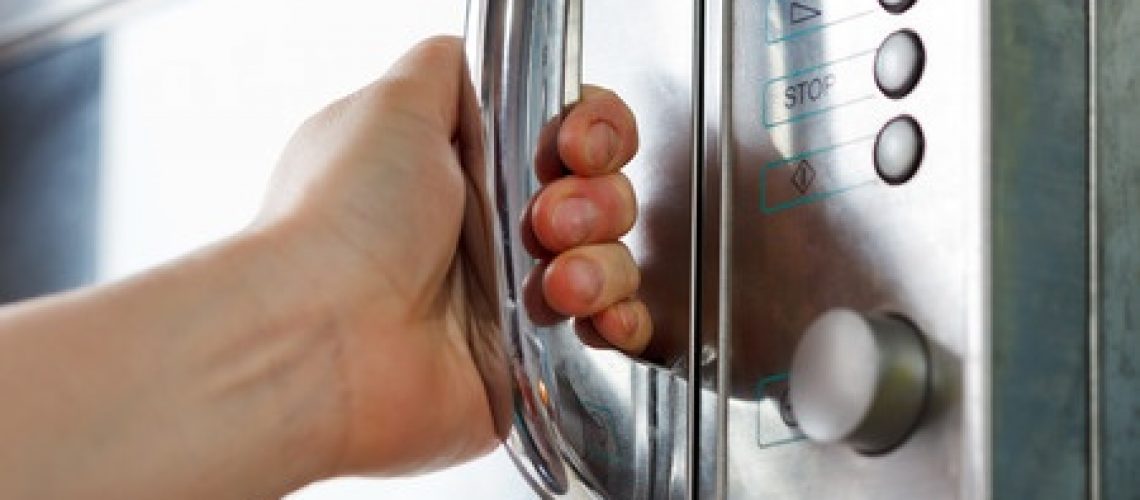Microwave Safe – Part 3: What You Need to Know About the Microwave
In this the final installment of the Microwave-safe series, I want to look at the different kinds of materials used in cooking bowls and dishes that we often put in the microwave.
Ceramics:
Ceramics are one of the most common materials in the microwave. Many bowls, plates, and mugs are made from ceramics. However, depending on the type of ceramic you use you may be facing disaster. A low fired ceramic dish may soak up moisture in the clay body. If that moisture gets heated enough it could turn to steam and expand and eventually burst, leaving you with a very broken dish and possibly a ruined microwave. A test to see if the ceramic is low fired or not is to carefully tap it and listen to the sound it makes. If you hear a clean ring the piece should be dry, but if there is a very dull sound it is most likely still wet and not worth chancing in the microwave. Look for words such as, “earthenware” and “stoneware” on the bottom of your dishes or on the box they came in. This indicates that the ceramics has been fired in such a way that they are dry and microwave safe. [1]
Glass:
The spinning dish in most microwaves is made out of glass making people assume all glass is microwave safe. But is it? While most glass cookware is microwave safe, always check either the bottom of the dish or the box it came in to verify that the dish is in fact microwave safe. Glass bowls, plates, mugs, and cups that have a gold or silver lining are typically not microwave safe.
Plastics:
Plastics such as Tupperware are very convenient for storing leftovers in the fridge, but can you put them straight in the microwave, or do you need to put them on a plate? Most take-out containers, water bottles, plastic tubs or jars, and plastic containers used for yogurt or mayonnaise are not microwave safe. Some of the substances used in making plastics have been known to leach out into your food when the plastics are heated at a high temperature. Some plastic containers will show the microwave safe icon. The way the FDA determines if a plastic container is microwave-safe or not is by a series of tests that estimates the ratio of plastic surface area to food, how long the container is likely to be in the microwave, how often a person is likely to eat from the container, and how hot the food can be expected to get during microwaving. They then measure the chemicals that leach out and the extent to which they migrate to different kinds of foods. The maximum allowable amount is 100–1,000 times less per pound of body weight than the amount shown to harm laboratory animals over a lifetime of use. Only containers that pass this test can display a microwave-safe icon. [2]
It is noteworthy to say that take-out cases that are microwaveable are made only for a 1-time use and should mention this on the package. These containers should only be used that one time.
Metal:
Metal is one of the few materials that have a definite “do not microwave” label. While certain glasses, ceramics, and plastics can be microwaved, no metals, including aluminum foil, can be microwaved. In part 1 (The Bright Side) I explain how the microwave works, what I didn’t explain was that the inside of a microwave is lined with metal and the waves can easily pass through ceramics and glass dishes with little problem, but a metal object can deflect the waves from hitting the food causing the waves to jump around non-sensically which can damage the interior of the oven.
There can be an even bigger problem with the metal container heating up to the point of causing sparks and popping. If left too long, a fire can start.
We have now explored the benefits of the microwave, common controversies of the microwave, and safe microwave practices. While I do not repair microwaves, I do feel a bit more confident using the one I own now that I have learned a little more about it.
Have you ever experimented with something in the microwave that didn’t end well? Tell us your stories in the comments below!


